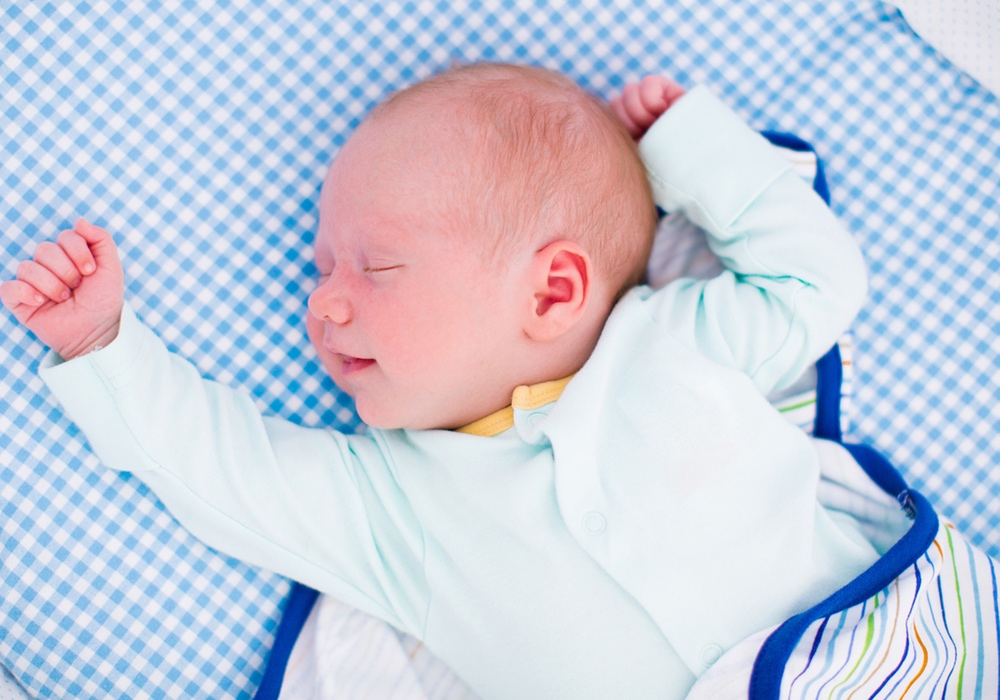There's a new type of baby monitor on the market — one that uses sensors to measure infants’ breathing, pulse rate, blood oxygen levels and changes in heart rate — that's being built into socks, onesies, leg bands, buttons and diaper clips, and integrated with an app on parents’ smartphones. The sensors sound an alarm when certain thresholds are reached.
The monitors have only been available for a couple of years and are doing a booming business. As a recent Viewpoint in JAMA, The Journal of the American Medical Association points out, one company sold more than 40,000 of its ‘smart sock’ baby respiration monitors at $250 each.
The monitors are also doing a good job of ratcheting up parents' anxiety, but they may not be doing such a good job of keeping infants safer, the authors say.The small fraction of babies with severe lung or heart disease who might benefit should be monitored using FDA-approved medical devices, not consumer-grade products sold directly to parents online or in department stores.
“I think parents are buying these monitors because they love and care about their babies, and want to do everything they can to keep them healthy.” Monitor companies capitalize on that, he added, by offering peace of mind and alerting parents if something is wrong with their babies’ health.
“At best, the marketing strategies of these companies is inaccurate, at worst, these companies are taking advantage of the fear and anxiety prevalent among all new parents,” Parents may think there is nothing wrong with putting a monitor on a healthy baby at home. However, Bonafide raised some concerns. Pulse oximeters (which measure blood oxygen levels) can burn a babies' delicate skin. Also, tight-fitting clothing with sensors in it may cause pressure injuries to the skin.
The monitors are not regulated by the U.S. Food and Drug Administration, Bonafide points out, so no data about their reliability are publicly available. They can give a false positive reading, leading parents to think something is wrong with their baby when the baby really is fine. If parents call the pediatrician following a false positive reading, the doctor, being unfamiliar with these monitors, may order unnecessary testing.
Putting a monitor on a baby may encourage unsafe sleep habits such as parents sharing a bed with their baby. “In a sense, parents may decide it is OK to co-sleep in the same bed as a newborn because the monitor will alert them to rescue their baby if he or she begins to suffocate,” Bonafide said.
Bonafide worries parents may delay seeking treatment for their baby if the baby appears sick, but the monitor does not go off. “Many illnesses, some of which are life-threatening, may give normal readings of heart rate and oxygen saturation of the blood,” he explained.One company sold more than 40,000 of its ‘smart sock’ baby respiration monitors at $250 each.
Rather than monitors for healthy babies, Bonafide recommends following the American Academy of Pediatrics (AAP) guidelines for a safe sleep environment. These guidelines suggest putting babies to sleep on their backs in a crib or bassinet with a tight fitting sheet. And parents should avoid using soft bedding such as crib bumpers and putting soft toys in the crib with the baby.
Adds Bonafide, the small fraction of babies with severe lung or heart disease who might benefit should be monitored using FDA-approved medical devices, not consumer-grade products sold directly to parents online or in department stores.





